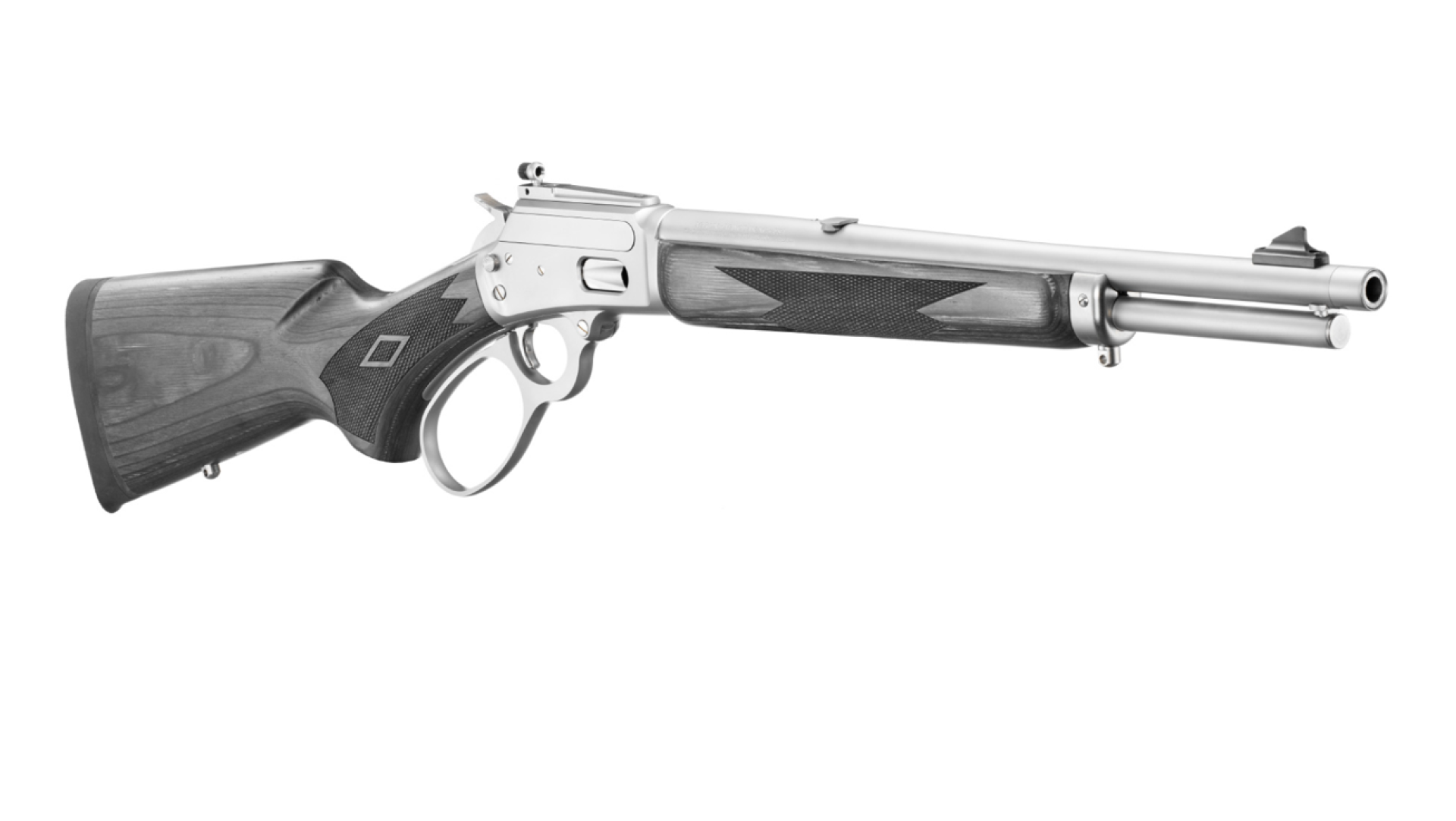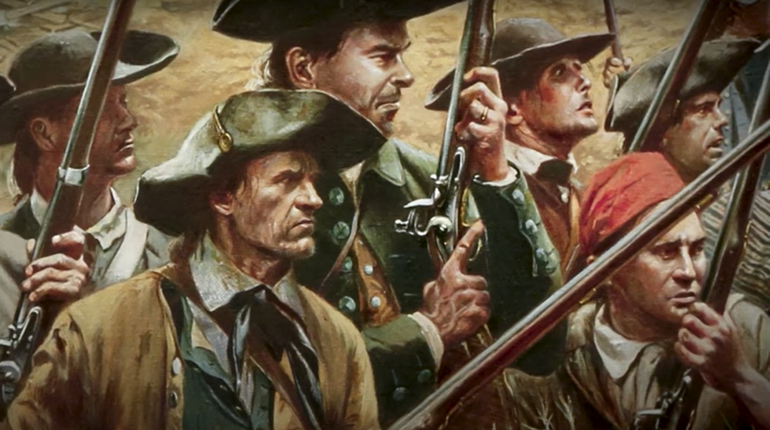
It is one of the most bizarre, harrowing and horrific true tales of survival at sea, the story beginning with the whaleship Essex sailing from its home port of Nantucket, Massachusetts, in August of 1819. The ship was considered small in comparison to other whaleships of the era, measuring under 90 feet in length. She was crewed by a total of 21 men. Captained by 29-year-old George Pollard, Jr., the first mate was 23-year-old Owen Chase. The youngest crew member, cabin boy Thomas Nickerson, was just 14 years of age and an orphan. He was making his first sea voyage, and to get aboard the Essex had lied to the ship’s recruiter, saying he was 17.
During the 19th century, the lamps of the world were lit by whale oil, and the many machines that turned the Industrial Revolution were lubricated with it. America was the center of that multibillion-dollar whaling industry, home to the largest whaling fleet in history. Of the estimated 900 whaling ships worldwide in 1846, 735 sailed from U.S. ports. In his 2007 book titled Leviathan: The History of Whaling in America, historian Eric Jay Dolan writes of those ships and their crews:
“They pursued and killed hundreds of thousands of sperm, right, bowhead, gray and humpback whales in the Atlantic, Pacific, Indian and Arctic oceans, and in the process discovered new waters and new lands. The value of the oil and bone brought back to port made whaling, by the middle of the nineteenth century, the third largest industry, after shoes and cotton, in Massachusetts, and according to one economic analysis, the fifth largest industry in the United States.”
It is with these high expectations that the Essex made sail into the Atlantic, expecting to be at sea between two to three years. But the voyage seemed doomed from the start. A sudden squall in the Gulf Stream knocked the ship over, nearly sinking her. The Essex sustained damage, yet Captain Pollard chose to continue toward his ultimate destination, the South Pacific, rather than return to port for repairs. Pollard had heard of the fabled “offshore grounds” a thousand miles or more from land along the Equator, which was supposedly teeming with whales, and he wanted to get there before other whaling ships did.
After 14 long months at sea, the captain and crew of the Essex were not disappointed. Some 2,000 nautical miles west of South Africa they found whales by the hundreds, many of which were sperm whales—the most valuable species for oil. Whenever a crew member spotted a spouting whale—often the first sign that whales were in the vicinity—he immediately yelled, “Blow!” This was quickly followed by the Captain ordering the ship’s whaleboats launched and the pursuit of the whale to begin. A whaleboat measured about 30 feet in length, held a six-man crew, and was propelled by oars.
The hunting in the remote South Pacific was excellent, with the greenhorns of the crew experiencing their first of many “Nantucket sleighrides.” Once a whale was struck with a harpoon attached to a stout rope, it would begin rapidly swimming off, dragging the whaleboat and its occupants behind at high speed. And if that were not dangerous enough, the real peril came when the whale dove to try to escape. If it dived too deep, the whaleboat and its crew could be dragged underwater and drowned. As a precaution, one of the crew always stood ready with a hatchet to cut the rope at the last moment if need be.
It was during one of these days of intense yet profitable whaling that First Mate Owen Chase and his crew had their whaleboat damaged by the flukes of a whale and were forced to return to the Essex to make repairs. While they were working, one of the crew sighted an unusually large bull sperm whale surface nearby, “acting strangely.” Measuring as long as the length of the ship, the whale lay motionless on the surface of the sea for several minutes then, unbelievably, began swimming toward the Essex, gaining speed as he came. The whale rammed the ship on its port side, rocking her, then dived beneath it, surfacing on the starboard side and again lying motionless.
Several minutes later the whale slowly swam off, so the crew believed they were out of danger. But the whale soon turned and faced the bow of the Essex. Owen Chase would later write:
“I turned around and saw him about one hundred rods directly ahead of us, coming down with twice his ordinary speed of around 24 knots, and it appeared with tenfold fury and vengeance in his aspect. The surf flew in all directions about him with the continual violent thrashing of his tail. His head about half out of the water, and in that way he came upon us, and again struck the ship.”
The huge sperm whale rammed the Essex with its massive head, crushing the bow, then swam away for good. The ship was so badly damaged that the crew knew it would soon go down, so they scrambled to salvage what they could, loading food, water, sails, navigational equipment and a few flintlock firearms into three whaleboats.
A short time later, when Captain Pollard returned to the ship in his own whaleboat and viewed the damage, he was incredulous; he simply stared at the listing wreckage. Eventually regaining his voice, he asked, “My God, Mr. Chase, what is the matter?” Chase answered, “We have been stove by a whale, Sir.” None of the crew had been killed or injured by the ramming, but their fight for survival on the open sea had just begun.
The men were now 3,000 miles from land, divided into three open whaleboats, and praying to be rescued. They would be drifting at sea another three months before those prayers were answered. And by that time more than half the crew had died of starvation and exposure, the remaining men forced to cannibalize the bodies of their dead comrades to stay alive. And after the flesh of those bodies was consumed, the remaining men drew lots to see who would die next, agreeing to sacrifice themselves so the others might live.
The eight survivors of the Essex ordeal—including Captain Pollard, First Mate Chase and the cabin boy Nickerson—were ultimately rescued by two passing ships. After a three-month voyage back home to Nantucket and a time of recuperation, all eight men eventually returned to the sea.
Pollard captained two more ships, but both went down on reefs near the Hawaiian Islands. After that, ship owners no longer trusted him, considering him a “Jonah.” Forced to retire from the sea, Pollard eventually became Nantucket’s night watchman, lighting street lamps fueled, ironically, by the same whale oil that had nearly cost him his life.
Both Owen Chase and Thomas Nickerson eventually wrote of their experiences aboard the whaleship Essex, providing firsthand accounts that author Herman Melville used to write his 1851 classic Moby-Dick. In more recent times, Nathaniel Philbrick’s story of the Essex (In the Heart of the Sea) won the National Book Award for NonFiction in 2000. Fifteen years later (2015), Ron Howard directed a movie of the same name. Both the book and film are highly recommended.
In 1859, Edwin L. Drake drilled a 70-foot well near the small town of Titusville in northwest Pennsylvania and struck crude oil. It was the beginning of the end for America’s once-powerful whaling industry—a more than century-long era of “iron men in wooden boats.”





































